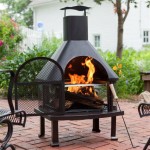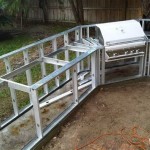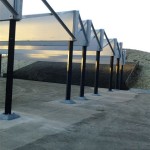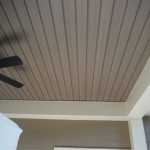Essential Aspects of Wood for Outdoor Projects
When embarking on outdoor projects, selecting the appropriate wood is crucial for ensuring durability and visual appeal. Understanding the key aspects of wood for outdoor use empowers you to make informed choices and elevate the quality of your projects.
1. Durability and Weather Resistance
Outdoor wood is constantly exposed to moisture, sunlight, and temperature fluctuations. Look for woods with high natural durability, such as cedar, redwood, and teak. These species contain natural oils and resins that resist decay, rot, and insect infestations.
2. Stability and Dimensional Changes
Wood's stability refers to its ability to maintain its shape and dimensions over time. Choose woods that exhibit low shrinkage and swelling, as excessive changes can lead to warping, splitting, and gaps. Stable woods for outdoor use include mahogany, cypress, and ipe.
3. Appearance and Grain Patterns
The aesthetic appeal of wood is an essential consideration for outdoor projects. Select woods that complement your design style and enhance the visual impact. Common options include white oak for its elegant grain patterns, walnut for its rich brown hues, and cherry for its warm reddish tones.
4. Workability and Maintenance
Consider the ease of cutting, sanding, and finishing the wood. Hardwoods, such as oak and maple, require more effort to work with but offer exceptional strength and durability. Softwoods, like pine and cedar, are more workable but may require more frequent maintenance.
5. Sustainability and Environmental Impact
Responsible sourcing and sustainability are becoming increasingly important. Choose woods from sustainably managed forests or consider alternative materials like composite decking made from recycled plastic. By opting for eco-friendly options, you contribute to environmental conservation.
Additional Tips for Outdoor Wood Projects:
- Use a weather-resistant stain or sealant to protect the wood from UV rays and moisture.
- Allow proper ventilation to prevent moisture buildup that can lead to rot.
- Inspect and clean your outdoor wood structures regularly to maintain their appearance and structural integrity.
- Consider applying a water-repellent coating to enhance the wood's resistance to water damage.
By carefully considering these essential aspects, you can select the perfect wood for your outdoor projects. Embrace the natural beauty and durability of wood while ensuring long-lasting performance and visual appeal. Transform your outdoor spaces into inviting and captivating environments that withstand the test of time.

Diy Wood Projects 10 Easy Backyard Ideas Bob Vila

8 Rot Resistant Woods For Your Outdoor Projects

18 Awesome Outdoor Woodworking Projects You Can Make Yourself

15 Woodworking Projects For Outdoor Areas To Start Off The Spring

9 Mighty Woods For Outdoor Projects Wood

23 Diy Outdoor Projects To Spruce Up Your Backyard The House Of Wood

Potential Woods For Use In Outdoor S Hardwood Distributors Association

39 Outdoor Woodworking Projects For Beginners The Family Handyman

Top 10 Great Woodworking Projects For The Outdoors Canadian
What Lumber Should Be Used For Outdoor Projects Quora
Related Posts








